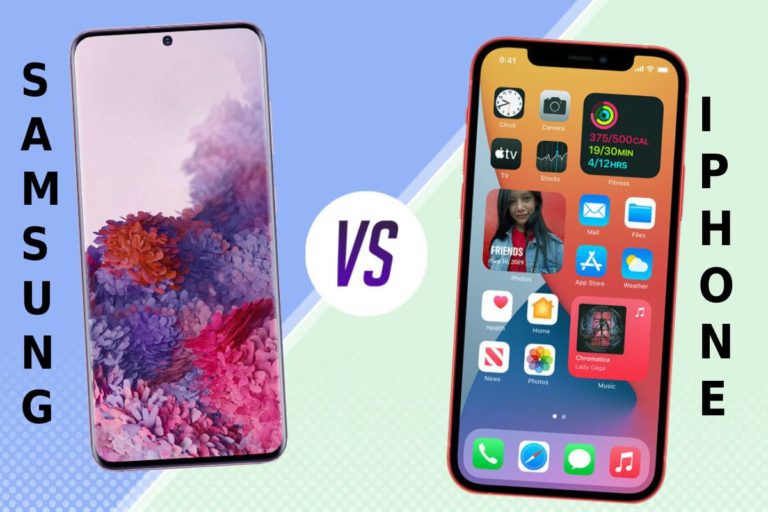Have you ever found yourself stranded with a dead car battery, anxiously awaiting a jumpstart from a Good Samaritan? If so, you know the sinking feeling of being powerless and immobile, your plans dashed by a simple yet crucial piece of equipment—the battery. But fear not, for there’s a silent hero in the realm of battery care: the trickle charger. In this guide, we’ll delve into the world of battery maintenance, exploring the importance of these unsung champions and how they can save you from the perils of dead batteries. So, buckle up, as we embark on a journey to understand the magic behind trickle chargers and why they’re the lifeline your batteries need.
Table of Contents
The Crucial Role of Trickle Chargers in Battery Health
Imagine this scenario: you’re on a road trip through the scenic countryside when your car suddenly sputters to a halt. Panic sets in as you realize your battery has given up the ghost. Now, let’s rewind a bit and introduce the protagonist of our tale: the trickle charger. Unlike traditional car battery chargers, a trickle charger delivers a low, constant current to your battery, ensuring it remains charged without overloading. This method helps maintain the battery’s health and prolong its lifespan.
Reviving Memories: The Purcell Anecdote
Now, let me share a story that illustrates the transformative power of trickle chargers. A friend of mine, let’s call him Jack Purcell, had a vintage car tucked away in his garage. The sleek curves of the vehicle echoed the elegance of a bygone era, but there was one problem—it spent more time resting than roaring down the open road. One day, Jack decided it was time to breathe life back into his cherished automobile. However, the battery had lost its vigor after months of neglect.
Enter the trickle charger.
Jack connected the device, and over the next few days, it worked its magic. Slowly and steadily, the trickle charger revived the once-dormant battery, and soon, the vintage beauty roared back to life. The Purcell anecdote is a testament to the rejuvenating power of trickle chargers, rescuing cherished memories from the clutches of a dead battery.
The Cornell Connection: Protecting Your Investment
Now that we’ve seen the emotional impact of trickle chargers, let’s talk about the practical side of things. Imagine you’ve invested in a high-end motorcycle—the kind that turns heads wherever it goes. A friend of mine, let’s call him Alex Cornell, found himself in this exact situation. The sleek, powerful machine demanded attention, but Alex realized that his prized possession wasn’t immune to the silent threat of battery degradation.
Enter the trickle charger, again.
By incorporating a trickle charger into his routine, Alex ensured that his motorcycle’s battery remained in peak condition. No longer did he have to worry about the frustration of a dead battery when he was eager to hit the road. The Cornell anecdote underscores the importance of using a trickle charger as a proactive measure to protect your investment and keep your prized possessions ready for action.
Plate, Pleasure, and Power: A Trifecta of Dependability
As we navigate through the world of trickle chargers, let’s explore a scenario that transcends the realm of automobiles. Picture this: a cozy cabin nestled in the heart of the mountains, away from the hustle and bustle of city life. In this haven, my acquaintance, whom we’ll refer to as Emma Plate, found solace and tranquility. Emma relied on solar panels to power her cabin, but during overcast days, the batteries struggled to retain their charge.
Once more, the trickle charger stepped in.
Emma incorporated a trickle charger into her solar power setup, ensuring a consistent flow of energy to the batteries. This simple addition transformed her mountain retreat into a haven of dependability, where the flick of a switch was all it took to illuminate the cabin with warmth and light. The Plate anecdote sheds light on the versatility of trickle chargers, extending their utility beyond traditional automotive applications.
The YOU Factor: Making Trickle Chargers Personal for You
Now, you might be wondering how trickle chargers can fit into your life. It’s simple—you are the key to unlocking the full potential of these unassuming devices. Whether you’re a weekend warrior with a passion for classic cars, a motorcycle enthusiast seeking to preserve the roar of your bike, or someone relying on alternative energy sources, trickle chargers can be tailored to suit your unique needs.
By incorporating a trickle charger into your routine, YOU take control of your battery’s destiny. No more worrying about unexpected breakdowns or expensive battery replacements. With a trickle charger by your side, you become the guardian of your cherished possessions, ensuring they’re always ready for action.
A Lasting Legacy: Trickle Chargers and the Power of Preservation
In this guide, we’ve explored the emotional impact of trickle chargers through anecdotes that span from vintage cars to mountain retreats. The Purcell, Cornell, and Plate stories highlight the diverse applications of trickle chargers and emphasize their role in preserving memories, protecting investments, and ensuring a constant source of power.
So, as you consider the fate of your batteries, remember the silent hero—the trickle charger. It’s not just a device; it’s a lifeline that breathes life into your passions, protects your investments, and empowers you with the reliability you deserve. Take charge, preserve power, and let the legacy of your batteries be one of longevity, not lethargy.












